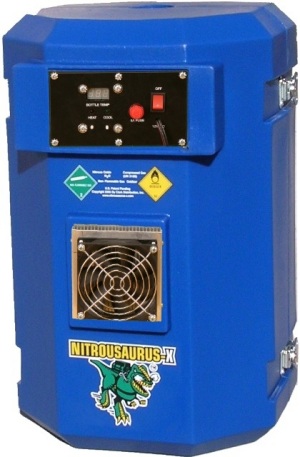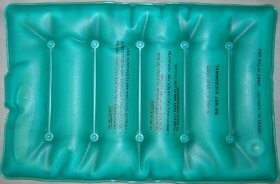Re: Hablemos de "Nitro"
No creas, las ruteas bien por el piso, del lado de adentro si fuera un casco, por el lado de afuera sin tocar nada para no perder calor y listo
hay cosas mas dificiles de hacer
Originally posted by sonto
View Post
hay cosas mas dificiles de hacer








 2/16
2/16 3/16
3/16 4/16
4/16 5/16
5/16 3/16
3/16 4/16
4/16 8/16
8/16 9/16
9/16
Comment